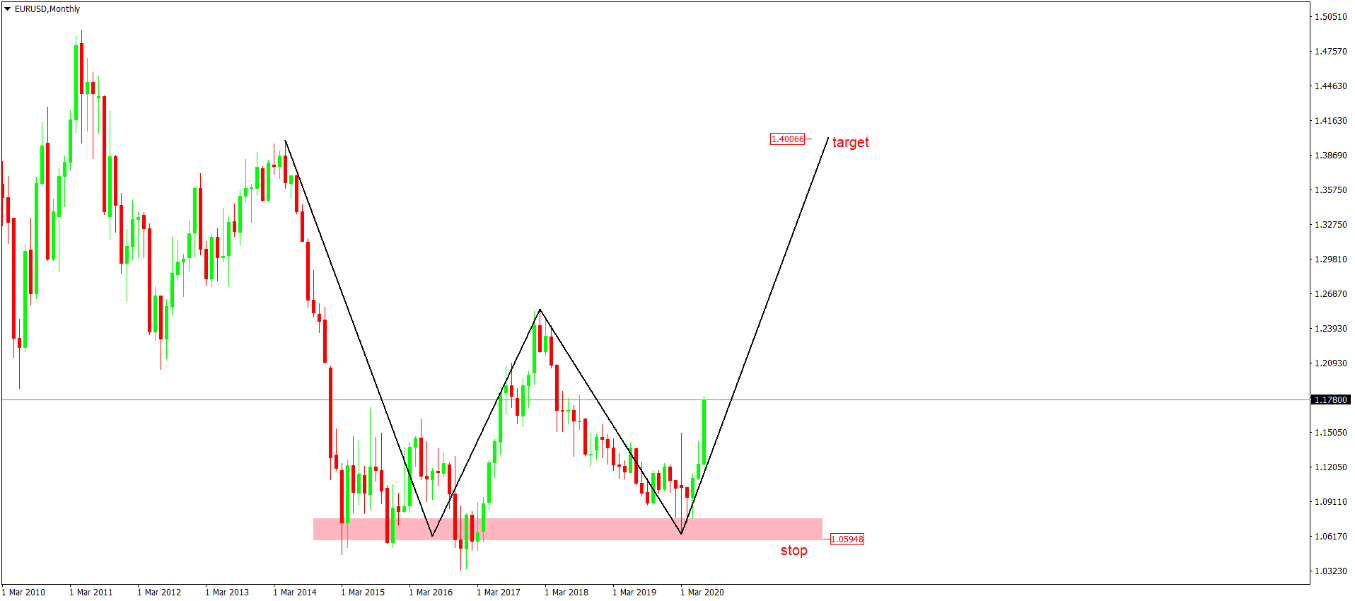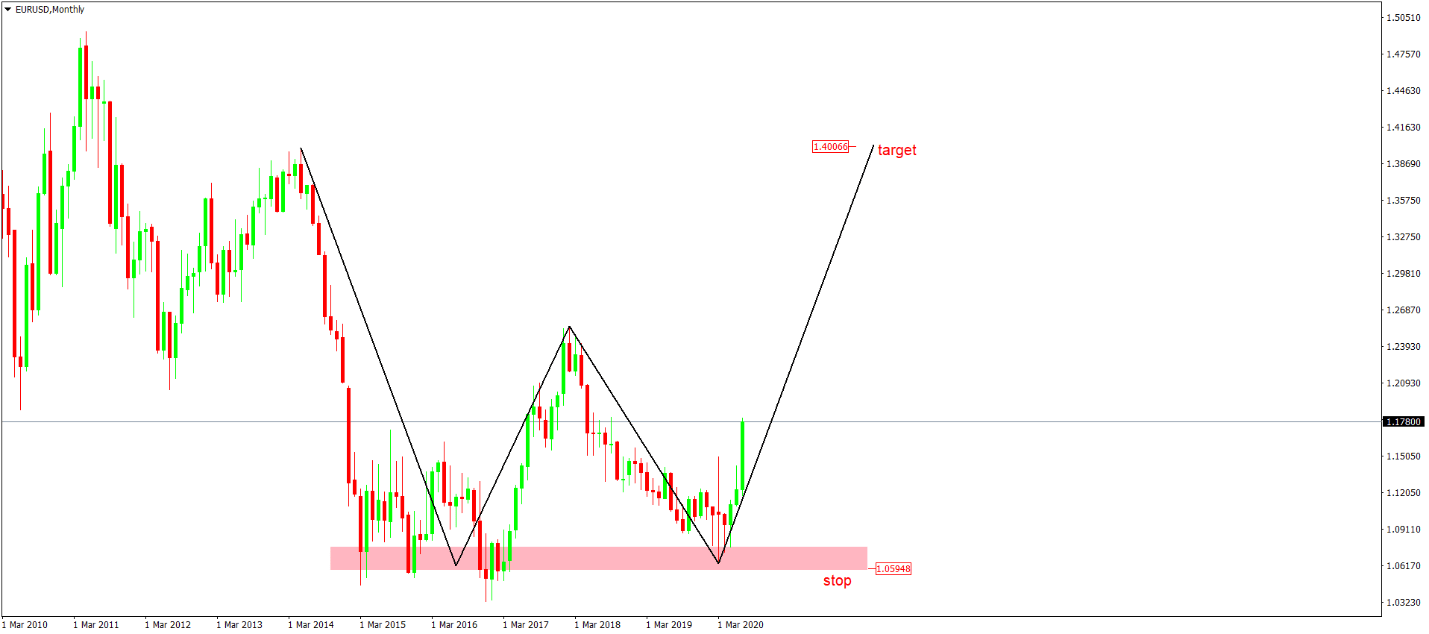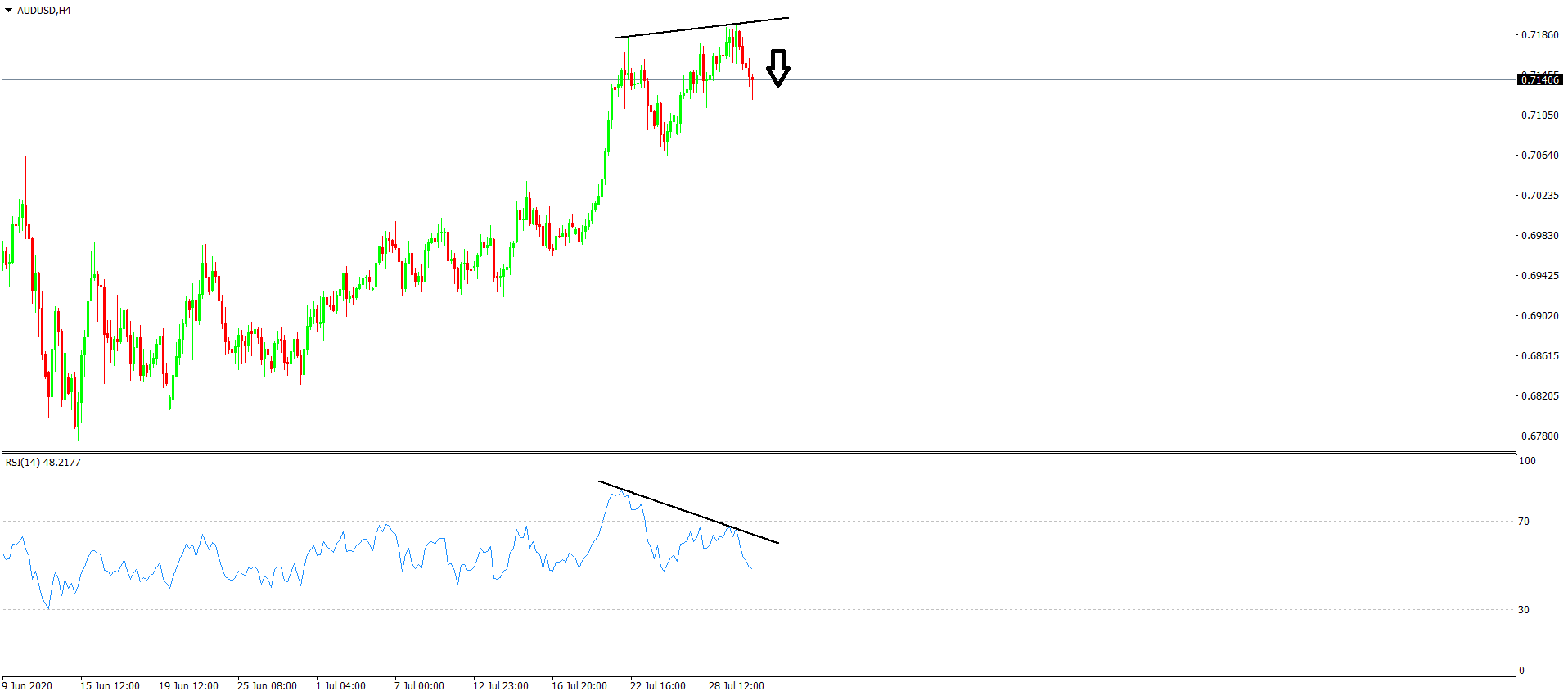FXOpen

Position trading refers to a trader holding a position open for a long period of time. In a way, position trading is similar to investing and has a larger time horizon than swing trading.
A simpler way of explaining what is positional trading is to think of trading on bigger timeframes, like the weekly, monthly, or even the yearly charts. Traders adopting such strategies take very few trades a year on the same market.
Position trading is similar to investing and has a larger time horizon
For those wondering what is positioning strategy useful for if it results in a limited number of trades, the answer comes from the markets traded. If the trader monitors multiple markets, the number of trades pile up, and the trader has plenty of opportunities to take advantage of.
Why Using a Position Trading Strategy?
One of the main reasons for using such strategies comes from the limited time available to trade. Most retail traders work a day job and trade as a hobby, in their spare time. And I’m no exception.
One of the main reason for using Position trading is this can be done as a hobby without spending a lot of time.
Position trading requires minimum time to interpret a market, and an analysis, technical or fundamental, can be done even over the weekend. Moreover, because of the bigger timeframes involved, different positioning strategies may work on multiple timeframes. Furthermore, positioning trading works as well when using pending orders, so the trader does not have to monitor the markets constantly.
I think that the main reasons for using positional trading are:
1. You have free time to do other things.
2. Avoids the daily noise in the financial markets
3. But it require patience and locked up resources at the time of the investment.
How to Calculate the Proper Position Size for a Trade
It all starts with the size of the trading account. Also, all traders know that any trade, regardless of the strategy, needs a stop-loss and a take-profit order. Equally, a position trading strategy requires a comprehensive money management plan. Therefore, position trading meaning that the trader must transform the number of pips in the desired risk per trade.
Position Trading Forex Example on the EURUSD Pair
Here is a positioning strategy example on the EURUSD pair. It aims at showing how to calculate a position size on a big timeframe, without overtrading and negatively affecting the trading account. Basically, it shows how to position trade effectively.
The EURUSD pair bounced lately from around the same area. Because this is the monthly timeframe, “lately” means in the last years the pair found a bottom. On its way up, it formed a reversal pattern – a double bottom.
Such a pattern has a measured move that completes the letter W. To trade it, the trader must determine:
- How much to risk
- The stop loss
- The take profit
- Volume to trade
Different positioning strategies require the same elements for setting up the right money management. Additionally, the trader needs:
- Free margin
- Equity in the trading account
| Position trading Forex example (EURUSD) | |
| Equity | $10,000 |
| Risk/trade | 2% |
| Number of pips until stop loss | 1,100 |
| $ risked | $200 |
| $/pip | $0.18 |
| Volume to trade (lots) | 0.02 |
| Potential profit | $400 or 4% |
| Risk-reward ratio | 1:2 |
Types of Position Trading
The currency market is the perfect market to understand what is open position in trading. In this market, a trader can use any type of directional trading – long, short, or both at the same time. I prefer the last one.
Long Positioning Strategy in Trading
My example showed earlier on the EURUSD chart is a long positioning strategy. A trader goes long a currency pair when it is believed that the pair will move to the upside.
In this case, the EURUSD pair bounced from the double bottom and the expectation is that it will reach the measured move. Therefore, the trader expects the EUR to appreciate against the USD, so the EURUSD pair should rise.
Short Positioning Strategy in Trading
Another way to use positional trading is to go short a market when it is expected to decline. Going short means selling the currency believed to decline and buying the currency believed to appreciate.
The AUDUSD shows an example of how to go short using positional trading indicators. However, this is the 4h timeframe, so the trade does not take that long as to be interpreted as positional trading.
But, when trading the currency market, the broker often let us the trade to take both short and long positions. Hence, a long positional trade on the monthly chart may be hedged temporarily with a short positional trade on the lower timeframes, so to take advantage of all market moves. This can be done using the same or other positional trading indicators. Also, this is in my experience the best way to explain what is long and short position in trading.
One of the way to use positional trading is to go short a market when it is expected to decline. It means selling the currency believed to decline and buying the currency believed to appreciate.
Pros of a Forex Position Trading Strategy
- Works well with pending orders
- Requires less time than swing trading or scalping
- The trader has free time to follow its other passions or do something else during the trading week
- Avoids the daily noise in the financial markets
- Works with fundamental analysis
Cons of a Position Trade
- It takes time for a trade to reach the take profit
- Patience is the most important attribute
- Resources remained blocked in trades that take several months or more until producing results
- Higher costs due to negative swaps when the interest rate differential is not in the trader’s favor
Positional Trading Tips and Tricks
Positional trading works on all markets. No matter what you trade (e.g. currencies, indices, CFDs, commodities), the principles of positional trading remain the same.
To make the most of it, I would couple technical with fundamental analysis. For example, the EURUSD bounced from the same level, putting a possible double bottom in place. That is the technical analysis.
If there is a fundamental reason why the Euro might appreciate against the USD, that is another plus for the long trade. For example, the European Union just announced in July that the European Commission will issue for the first time common debt – joint bonds. This is viewed as a major step towards European integration, and a plus for any technical setup to go long the Euro.
Another thing I’d like to consider is the stop-loss and take-profit levels. Ideally, the trader should let the market reaching one or the other. To calculate the entry and exit, some use the position size calculator presented here, or some form of Gann calculator for positional trading. From the entry level, Gann levels for positional trading are derived.
How to Benefit the Most from Positioning Strategy
The best way to make the most of positional trading is to use pending orders. Ideally, traders use the time over the weekend, when the markets are closed, to look for trading setups on the bigger timeframes.
These are easy to spot and interpret because they do not change overnight. For example, look for classic reversal patterns (e.g., head and shoulders, wedges, double and triple tops and bottoms) or Japanese reversal patterns (e.g., morning and evening stars, bullish and bearish engulfings, Doji candlesticks, piercing patterns, hammers or shooting stars, etc.). Next, place pending orders to entry the market from the most advantageous place. Finally, use proper risk-reward ratios.
A risk-reward ratio suitable for trading any market should exceed 1:2. Effectively, it means that for every $ risked, the trader stands to gain two.
Traders use the time over the weekend, when the markets are closed, to look for trading setups on the bigger timeframes.
My Conclusion
Traders involved in the cryptocurrency market are the perfect example of position trading. Called hodlers, traders involved in position trading cryptocurrency hold on to their trades as an investment. As such, crypto position trading merely means buying and holding – hence the name hodler.
However, this is an extreme version of what are positions in trading. To learn the best positional trading tips, one needs to dive into the market, focus on the money management, go long and short, and respect strict risk-reward ratios. Also, use pending orders as much as possible, so to get the best possible entries for a trade.
This article represents the opinion of the Companies operating under the FXOpen brand only. It is not to be construed as an offer, solicitation, or recommendation with respect to products and services provided by the Companies operating under the FXOpen brand, nor is it to be considered financial advice.
Stay ahead of the market!
Subscribe now to our mailing list and receive the latest market news and insights delivered directly to your inbox.











